The State Board of Education and Nebraska Department of Education developed a state accountability system as required by state law 79-760.06. The State Board of Education adopted a system that is based on student scale scores within grades, buildings and districts. The system is intended to inform educators, parents, school board members, community members and policymakers about the learning progress of Nebraska schools and school districts.
Key Components of NePAS:
1) Nebraska Performance Accountability System (NePAS), was effective for the first time during the 2012-2013 school year.
2) The basis of the new accountability system is NeSA statewide test results, which indicate student learning based on state standards developed to measure career and college readiness.
3) The state’s goal for students is that they will be college and career ready when they graduate so they have a successful work, military and/or college experience.
4) The purpose of NePAS is to inform policy makers, the public and school officials about school district performance.
5) The new accountability system provides information about the progress of districts by looking at state test scale scores in a category called STATUS as well as IMPROVEMENT and GROWTH.
6) NePAS ranks districts by the following grade level configurations:
-Elementary grade-level configuration (grades 3-5)
-Middle level grade-level configuration (grades 6-8)
-Secondary grade-level configuration (grades 9-12)
-District configuration (grades 3-12)
Graduation Rate – ranks districts by comparing the percentage of high school graduates.
What the rankings mean: There are 249 school districts in Nebraska. The NePAS results rank school districts from 1 to 249 in reading, math, science, and writing. For example if you ranked 2 on the writing test you were the second highest ranked of the 249 school districts in Nebraska. If you ranked 249 you were the lowest ranked school in Nebraska.
Hay Springs Schools scored well and were ranked quite high on this school district comparison. See results below:
Grades 3-12 Reading Status
– Hay Springs Ranked 19 out of 249 school districts in Nebraska
– Up 16 rankings from the previous school year
– Hay Springs was the highest ranking school district of the Panhandle Schools
Grades 3-12 Math Status
– Hay Springs Schools ranked 76 out of 249 school districts in Nebraska
– Up 14 rankings from the previous school year
– Hay Springs was the sixth highest ranking school district of the Panhandle Schools
Grades 3-12 Science Status
– Hay Springs Schools ranked 42 out of 249 school districts in Nebraska
– Hay Springs was the third highest ranking school district of the Panhandle Schools
Grades 3-12 Writing Status
– Hay Springs Schools ranked 182 out of 249 school districts in Nebraska
– Up 14 ranks from the previous school year
Graduation Rate
– Hay Springs had a 100% high school graduation rate for the 2012-2013 school year.
Hay Springs Schools scored quite well on all NeSA tests. When you compare all school districts in Nebraska from Omaha to Hay Springs our test scores and ranking were outstanding. We are all proud of our student success, parent support, quality teaching, and the overall quality of the education provided in Hay Springs Public Schools.
If you would like additional information regarding the NeSA testing, NePAS ranking of school districts, or a comparison of other school districts stop by the office. We would be glad to provide more specific information.
Link to the State of the Schools Report.
 The Lady Hawks’ basketball team opened their season with a win against the Cody-Kilgore Cowgirls on Friday, December 6. The Lady Hawks won by ten with a score of 35-25. The leading scorer for the Lady Hawks was Steph Tlustos with 19 points. Kate Roberts followed with eight points, and Whitney Heiting added six. Kate Roberts snatched 16 rebounds on the night, and Steph Tlustos pulled down seven. Steph Tlustos, Whitney Heiting, and Cydney Jancik each grabbed two steals. Steph Tlustos dished out three assists and Jen Scherbarth added two. Kate Roberts also blocked three Cowgirl shots.
The Lady Hawks’ basketball team opened their season with a win against the Cody-Kilgore Cowgirls on Friday, December 6. The Lady Hawks won by ten with a score of 35-25. The leading scorer for the Lady Hawks was Steph Tlustos with 19 points. Kate Roberts followed with eight points, and Whitney Heiting added six. Kate Roberts snatched 16 rebounds on the night, and Steph Tlustos pulled down seven. Steph Tlustos, Whitney Heiting, and Cydney Jancik each grabbed two steals. Steph Tlustos dished out three assists and Jen Scherbarth added two. Kate Roberts also blocked three Cowgirl shots.







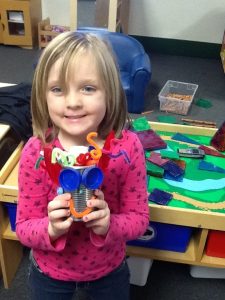
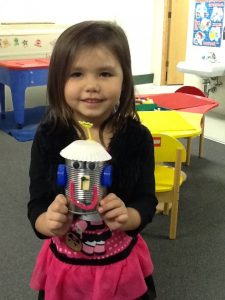
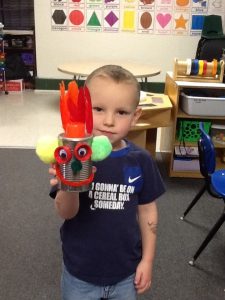

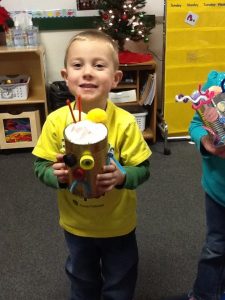


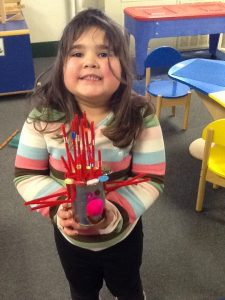
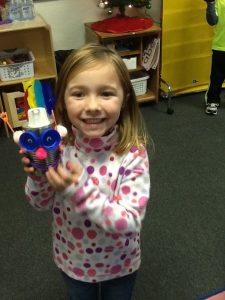



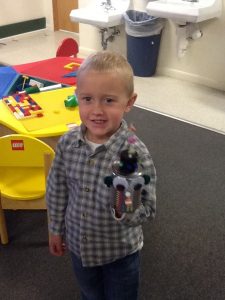





 Report incident
Report incident